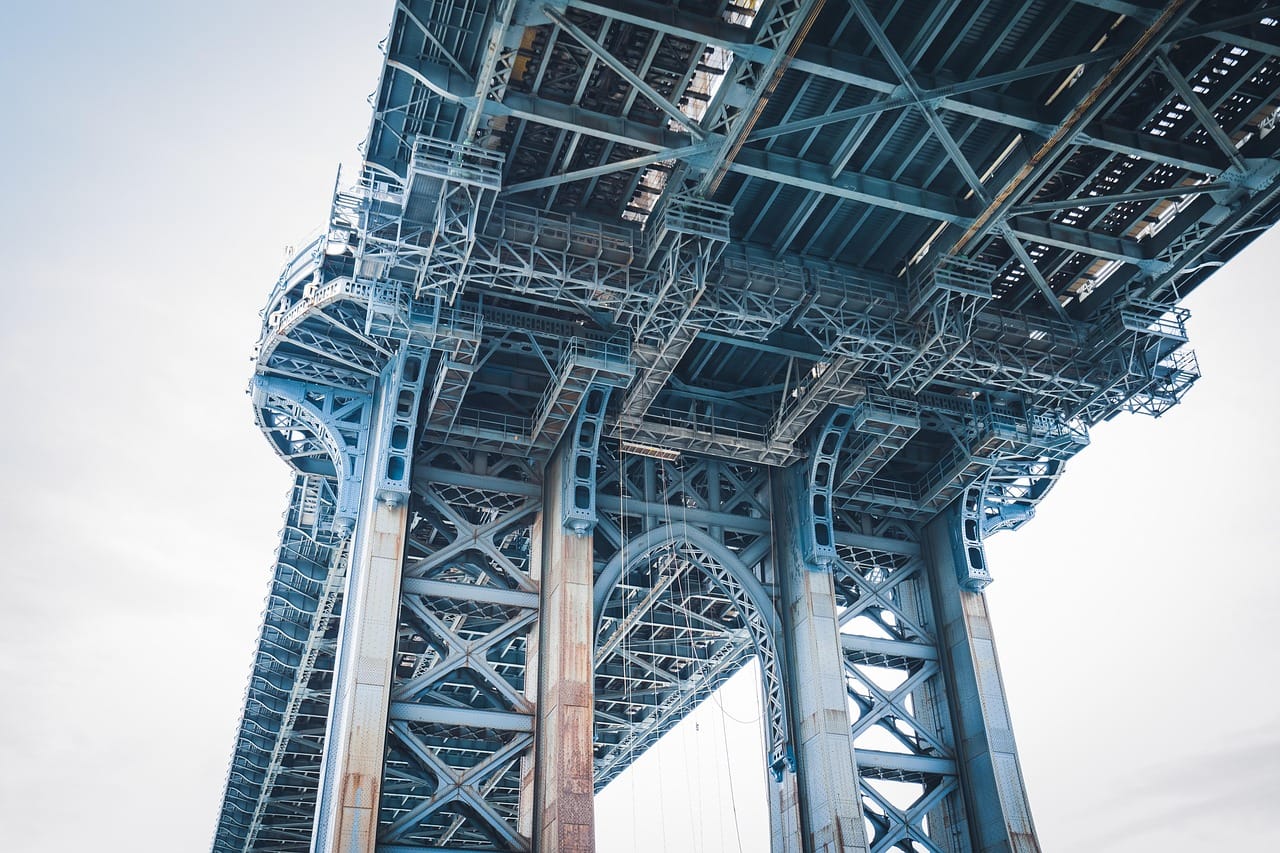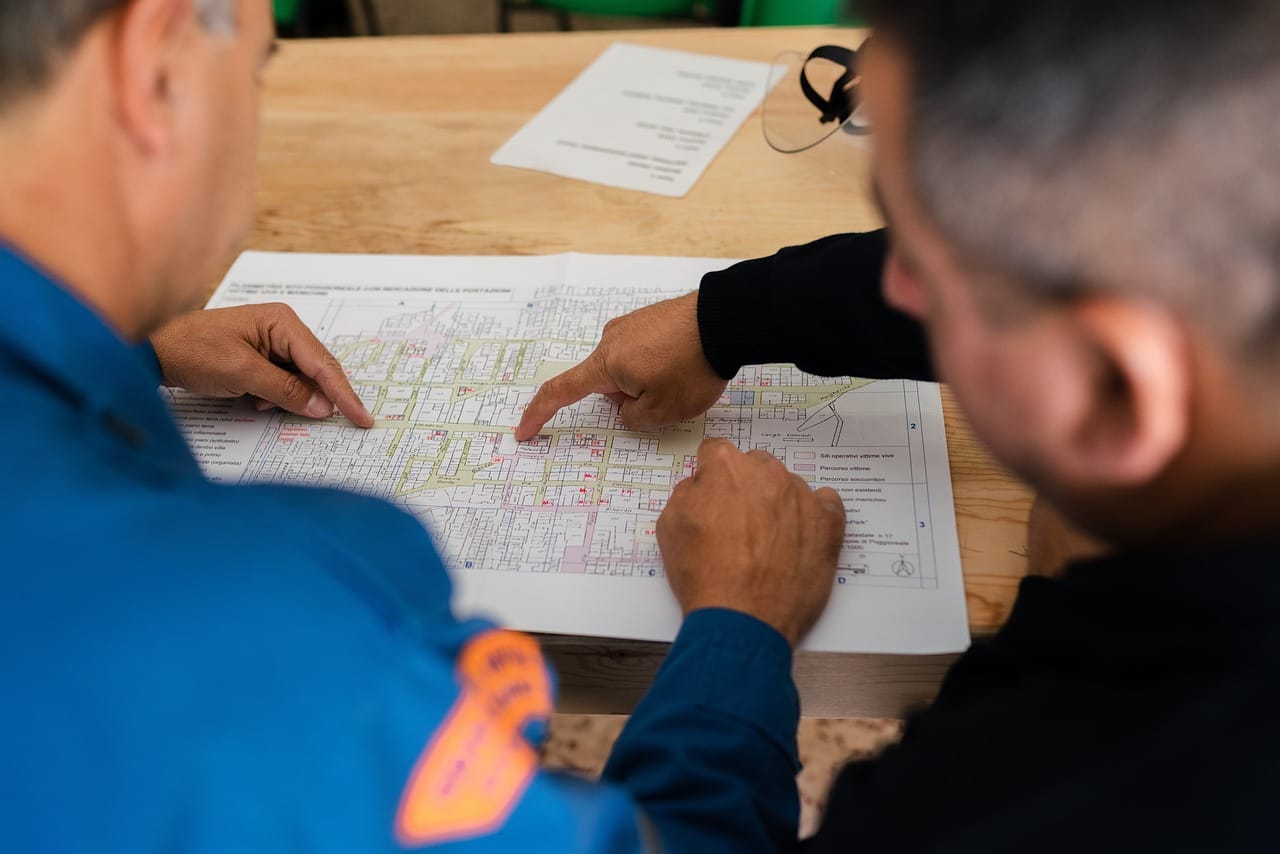Structural design is at the heart of building infrastructure that withstands the test of time, climate extremes, and population growth. As the demands on infrastructure evolve, so too must the way we design it. Through innovation in materials, modelling, and design methodologies, modern structural engineering is delivering infrastructure that is stronger, smarter, and more sustainable. This article explores the latest advancements driving resilient infrastructure solutions in today’s engineering landscape.
Keywords: Structural design, resilient infrastructure, advanced materials, sustainable engineering, seismic design.
1. The Importance of Resilient Structural Design
Protecting Communities and Assets
Resilient structures are designed to absorb, recover, and adapt to adverse events such as earthquakes, floods, and cyclones. Strengthening infrastructure through structural innovation protects public safety, economic investment, and operational continuity (Lee & White, 2020).
Adapting to Climate and Urban Challenges
As urban areas expand and climate variability increases, structural engineers must account for longer lifespans, heavier loads, and complex environmental conditions. This shift demands adaptive design strategies and robust planning to future-proof infrastructure (Nguyen & Patel, 2022).
2. Key Innovations in Structural Design for Resilience
Advanced Materials and Composites
Modern infrastructure incorporates self-healing concrete, fibre-reinforced polymers (FRP), and high-performance steel, which offer greater strength, flexibility, and durability. These materials reduce maintenance needs and extend asset life cycles (Wilson, 2021).
Seismic-Resistant Design Techniques
In earthquake-prone regions, structural resilience relies on base isolation, damping systems, and flexible joints that allow buildings to absorb seismic energy without failure. These methods have become standard in high-risk zones (Miller et al., 2019).
Modular and Prefabricated Systems
Modular structural components are not only faster to construct but offer predictable quality, standardisation, and structural consistency. Prefabrication also reduces waste and carbon footprint during construction (Smith & Jones, 2022).
Digital Modelling and Structural Analysis Methods
Methods like BIM and FEA enable engineers to simulate stress, load, and failure conditions, improving accuracy and helping to optimise structural strength, sustainability, and efficiency (Johnson, 2023).
Climate-Responsive Design Principles
Structural designs now incorporate flood-resistant foundations, passive cooling systems, and green infrastructure to adapt to changing climate patterns and environmental risks (Brown, 2022).
3. Challenges in Implementing Structural Innovation
Cost vs. Long-Term Value
While new materials and systems often carry a higher upfront cost, they offer long-term savings through reduced maintenance, lower risk, and extended asset lifespan.
Retrofitting Legacy Infrastructure
Many existing structures were not designed for today’s environmental challenges. Retrofitting requires creative engineering solutions, customised materials, and complex assessments (Taylor, 2021).
Regulatory and Design Code Limitations
Regulations may lag behind advancements in materials or design tools. Engineers must work within or advocate for updates to ensure compliance without compromising innovation (Clark, 2023).
4. Case Study: Structural Resilience in Practice
Green Infrastructure in Singapore’s Public Housing
Singapore has implemented modular green wall systems and rooftop stormwater management designs in public housing. These features provide resilience to rainfall variability while improving thermal comfort and biodiversity (Chen, 2023).
Seismic-Resistant Bridges in Japan
Japanese engineers use base-isolated bridge piers, ultra-high-performance concrete, and FEA modelling to ensure their infrastructure can withstand major seismic events without structural collapse (Vermeer & Koster, 2022).
Conclusion
Modern structural design is evolving rapidly to meet the needs of resilient, adaptive, and sustainable infrastructure. Through advanced materials, digital modelling, and climate-responsive techniques, engineers are creating buildings and infrastructure that are ready for the challenges of today and tomorrow. Embracing these innovations ensures communities remain safe, connected, and prepared.
References
Brown, T. (2022) ‘Climate-resilient design strategies’, Journal of Sustainable Engineering, 14(2), pp. 98–112.
Clark, R. (2023) ‘Regulatory frameworks for structural innovation’, Built Environment Policy Review, 10(4), pp. 310–327.
Miller, S. et al. (2019) ‘Seismic innovations in infrastructure’, Earthquake Engineering Journal, 9(2), pp. 100–122.
Smith, R. & Jones, D. (2022) ‘Prefabricated structural systems and performance’, Construction Methods & Materials, 15(3), pp. 133–150.
Vermeer, J. & Koster, L. (2022) ‘Innovations in seismic bridge design’, Journal of Infrastructure Resilience, 5(1), pp. 34–52.
Wilson, A. (2021) ‘Advanced materials in civil infrastructure’, Materials Science & Engineering, 19(2), pp. 210–225.
What to Do
Explore how Synqron can deliver innovative, resilient structural solutions for your next infrastructure project. Contact Synqron for expert guidance in sustainable structural engineering.




